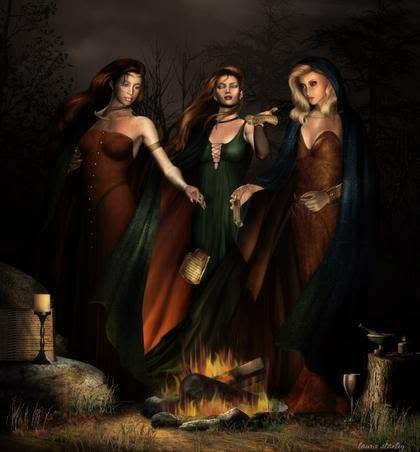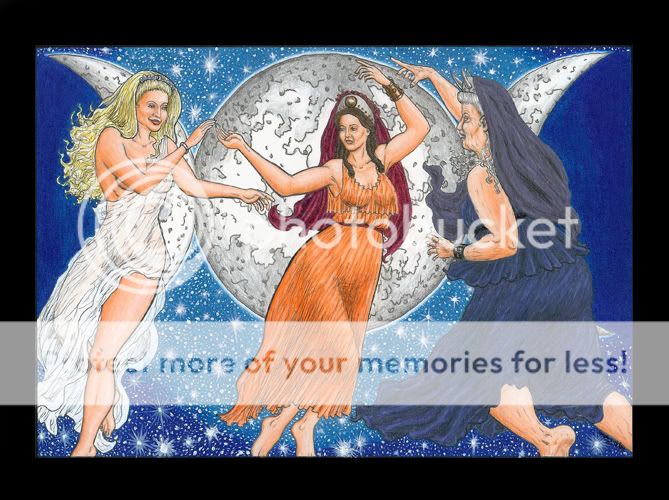‘Beowulf’ (2007) [Wikipedia]
Beowulf
is a 2007 American motion capture computer-animated fantasy film directed by
Robert Zemeckis and written by Neil Gaiman and Roger Avary, inspired by the Old
English epic poem of the same name. The film was created through a motion
capture process similar to the technique Zemeckis used in ‘The Polar Express’.
The cast includes Ray Winstone, Anthony Hopkins, Robin Wright, Brendan Gleeson,
John Malkovich, Crispin Glover, Alison Lohman, and Angelina Jolie. It was
released in the United Kingdom and United States on November 16, 2007, and was
available to view in IMAX 3D, RealD, Dolby 3D and standard 2D format.
*************************
This
film is animated in a way that it uses the actors’ “likeness” along with their
voice over, which was interesting. I suppose that they almost had to make it
that way due to the nature of the mythology, the creatures, and the dramatic
action. I had watched this movie before, and I liked it more the second time
today; most likely because I was able to view it in the morning, which is
always better for watching a movie.
The
opening scene begins with the text “Denmark A.D. 507.” Much of the movie takes
place in Danish/Viking King Hrothgar’s (Anthony Hopkins) “Mead Hall.” They are
soon attacked in the hall by a demon named Grendel. Grendel is huge, absolutely
hideous, and vicious; and appears far too strong for the king’s soldiers.
Responding to the king’s plea for a “hero” to defeat this beast, a great warrior
from Gotland Island named Beowulf (Ray Winstone) arrives. I don’t want to give
away the movie—and you can read the plot in the link above—but this is the
basic storyline.
King
Hrothgar’s much younger wife is Queen Wealtheow (Robin Wright), and I don’t
think I would be giving too much away to say that she eventually becomes the
future King Beowulf’s queen. Without going into the details, the king presents
Beowulf the “Royal Dragon Horn,” which later becomes part of a covenant of darkness, and is
a central part of the plot.
The
struggle between Odinic spirituality and Christian religion is featured in some
instances. Odin and Heimdall are mentioned; as well as the “new Roman god
Christ Jesus.” The following quote was given by an older King Beowulf to his
lieutenant, Wiglaf (Brendan Gleeson), at one point:
“The
time of heroes is dead, Wiglaf. The Christ god has killed it. Leaving human kind
with nothing but weeping martyrs, fear, and shame."
 Grendel
is an underworld figure that seems almost like half physical and half spirit;
as well as his mother (Angelina Jolie). Grendel’s mother—another underworld
demon—is a central character, but I won’t give away the plot. John Malkovich
plays Unferth, one of King Hrothgar’s chief aids.
Grendel
is an underworld figure that seems almost like half physical and half spirit;
as well as his mother (Angelina Jolie). Grendel’s mother—another underworld
demon—is a central character, but I won’t give away the plot. John Malkovich
plays Unferth, one of King Hrothgar’s chief aids.
I
was struck by the character of Queen Wealtheow. She was so beautiful and
elegant—especially as she played the harp and sang—yet had so much humility.
Her face and expression was so docile; of course, in an animated way. Later in
the film—without giving away too much—she is shown as the older queen of
Beowulf. He openly takes on a concubine named Ursula (Alison Lohman). The queen
takes the high road and takes it all in stride.
She
doesn’t hold anything against the young Ursula, and even heroicly saves her
life at a later point. I guess where I’m really going with this is that—quite
frankly—I thought the older queen was more beautiful than the younger woman...
having aged like a fine wine. I didn’t like the way she was treated, carrying
herself with such class.
I
would recommend the film, which was an international box office success and is
rated highly. It should be noted that scholars have mentioned certain
inaccuracies with the thousand-year old English poem (see above link).
Actually, the characters were real historical figures; being set within the
framework of Norse mythology. Therefore, where does fact end, and mythology
begin?
.








